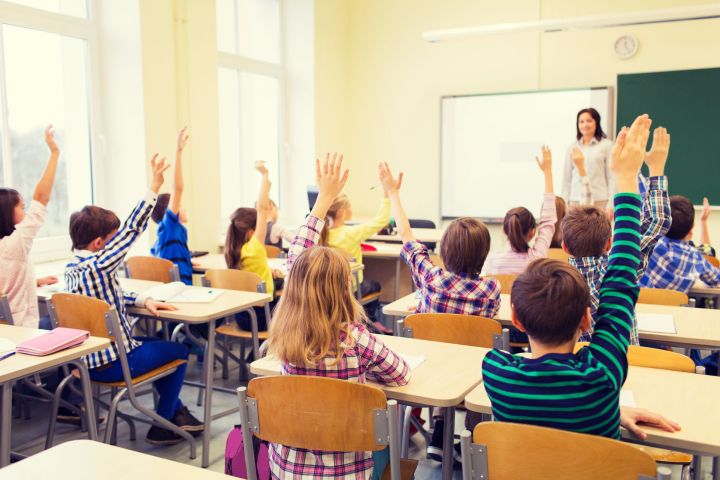
Being able to work out when students are engaged and concentrating or distracted and inactive results in better outcomes for learners — and is one reason why robots aren’t going to be able to take over from human teachers any time soon.
Right? Well, maybe.
A new paper published in the open access journal Frontiers in Computational Neuroscience describes a research project involving a computerized tutor that’s capable of detecting exactly these emotional states among primary school-age kids.
“The main goal of our work was to design a system that can detect the emotional state of primary school children interacting with educational software and make pedagogic interventions with a robot tutor that can ultimately improve the learning experience,” said researcher Dr. Imbernòn Cuadrado.
The research involved determining these states based on the keystrokes and mouse actions of children using educational software. These were then linked to an algorithm that chooses the right kind of intervention — from words or gestures of encouragement to attempts to increase student’s motivation or interest levels.
Teachers shouldn’t worry too much for now: Although students reportedly preferred a robot tutor to having to work alone, they liked having a real flesh-and-blood teacher most of all.
While Cuadrado thinks robot tutors are likely to remain support staff rather than primary educators, there’s still room for their roles to expand.
“The next step will be to implement methods for detecting a more complex range of emotions with cameras and microphones, and to test the longer-term impact of robot tutors on children’s learning curves,” he noted.


